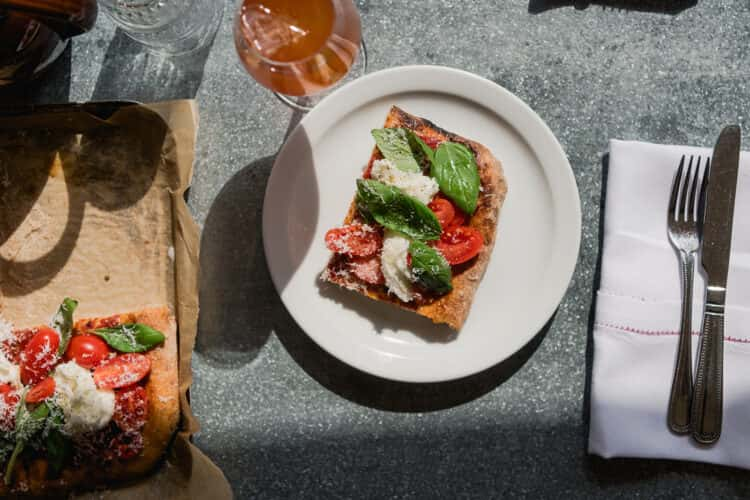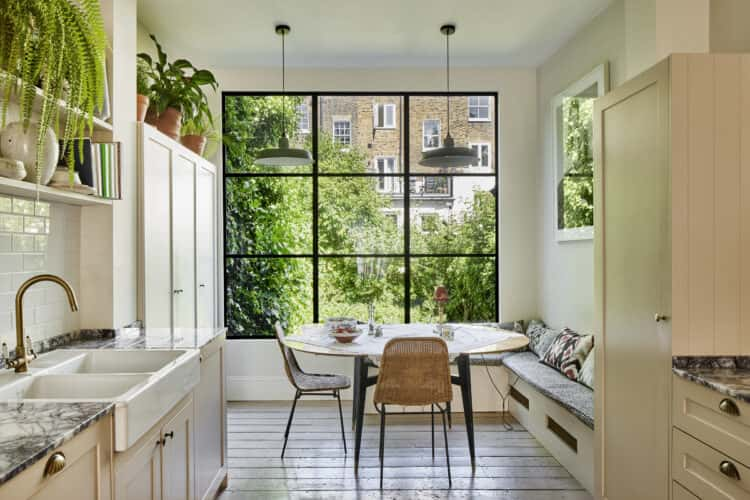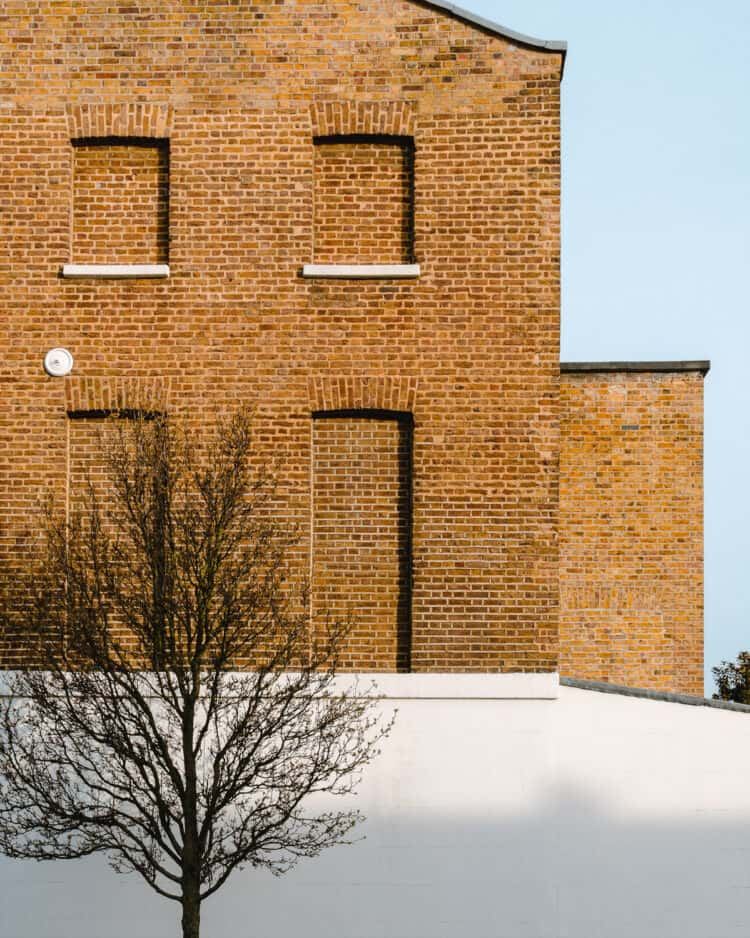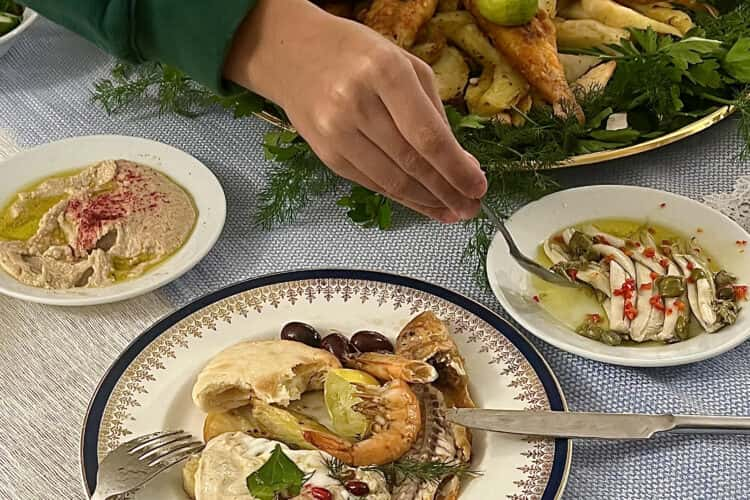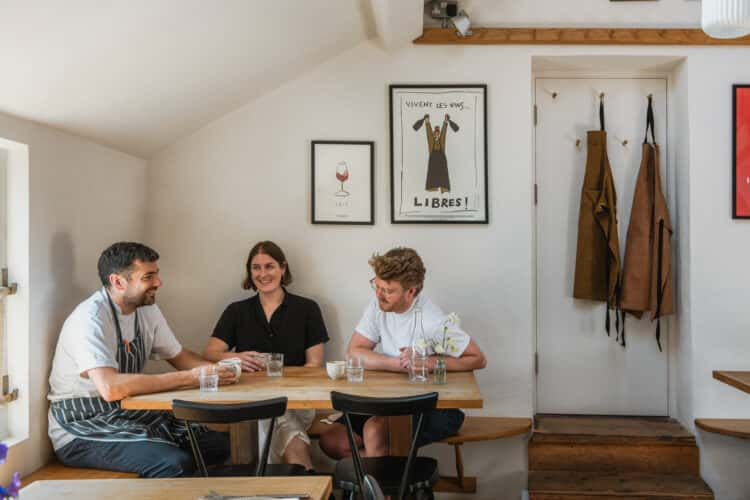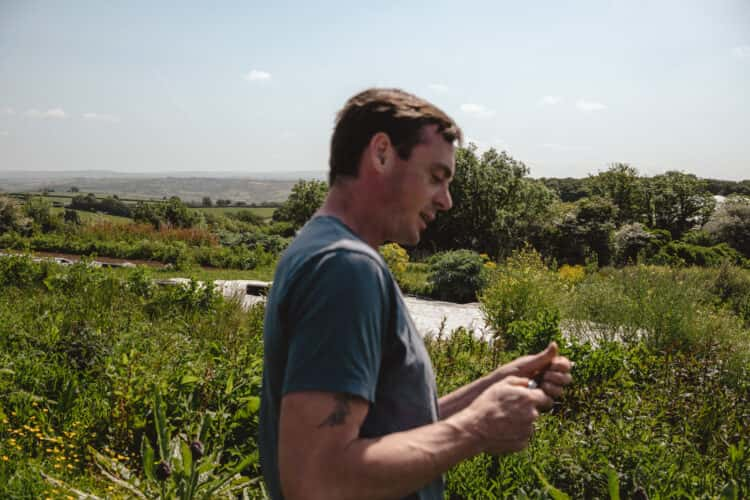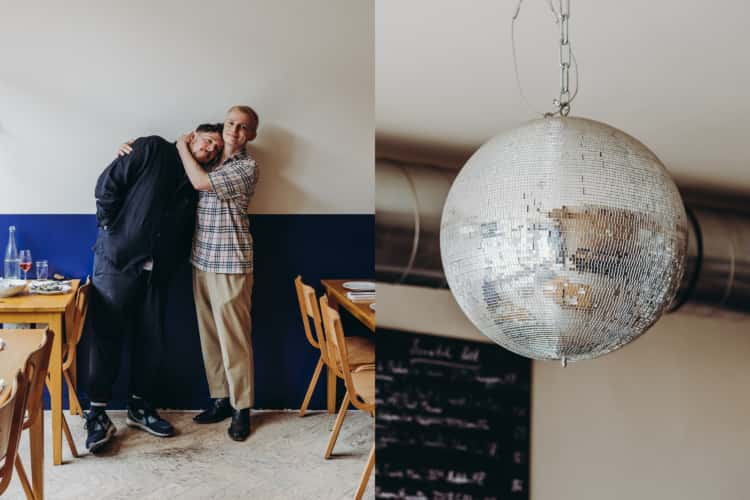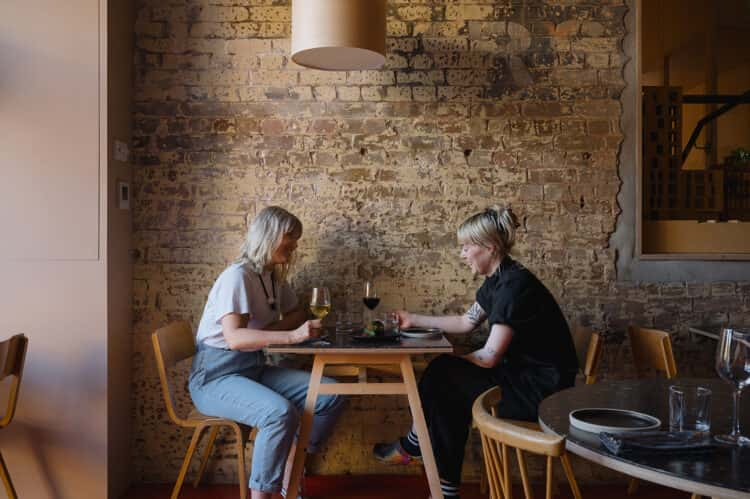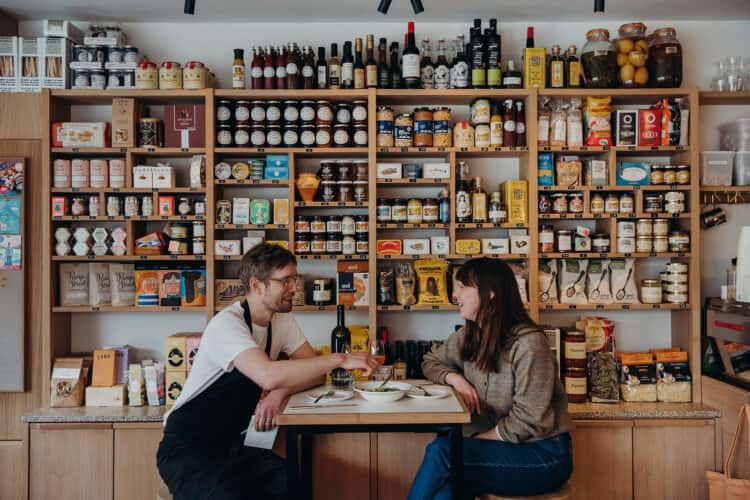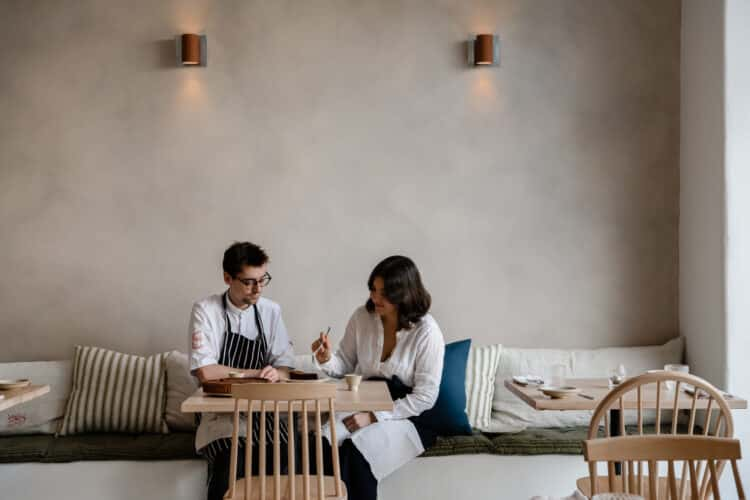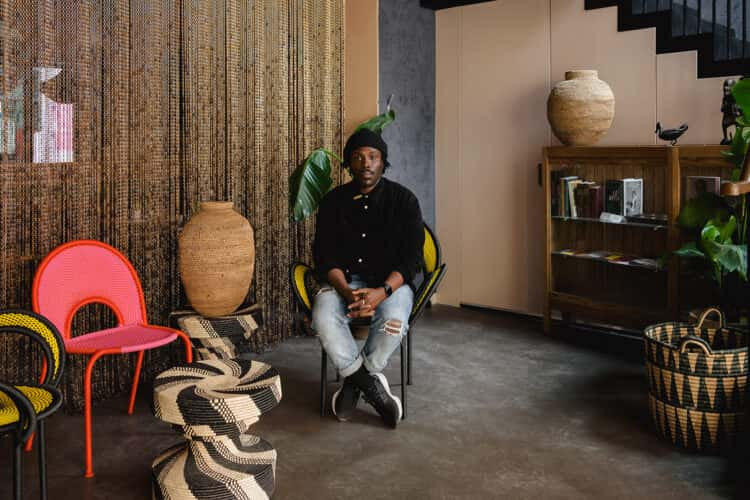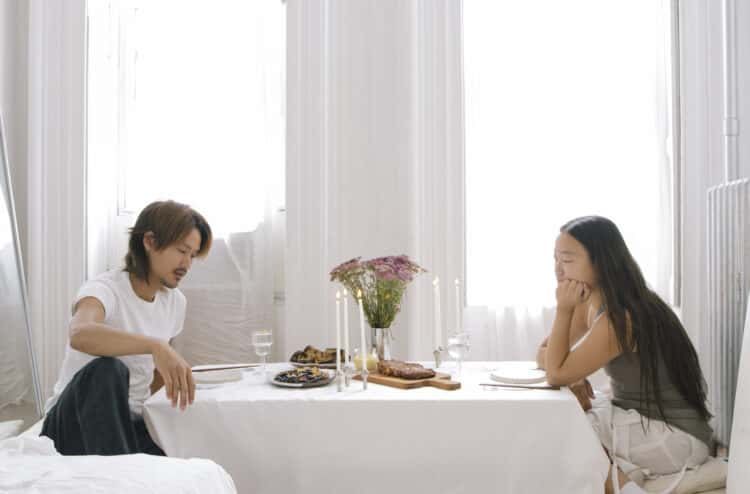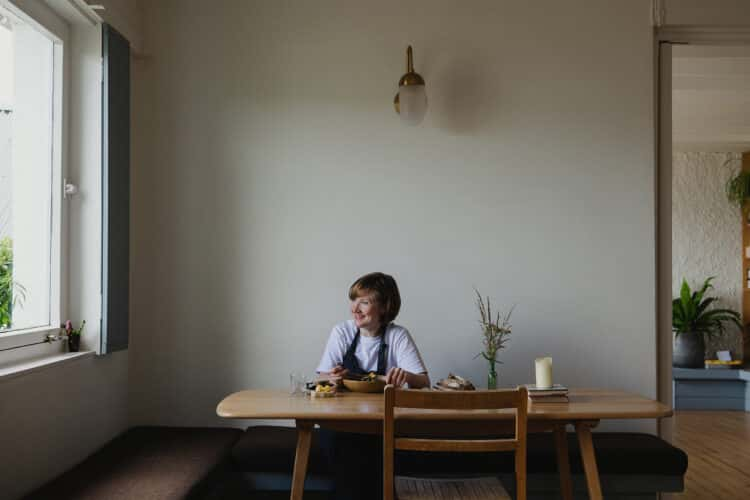David Gingell and Jeremie Cometto-Lingenheim on the importance of a sustainable food system at Big Jo in Hornsey, north London
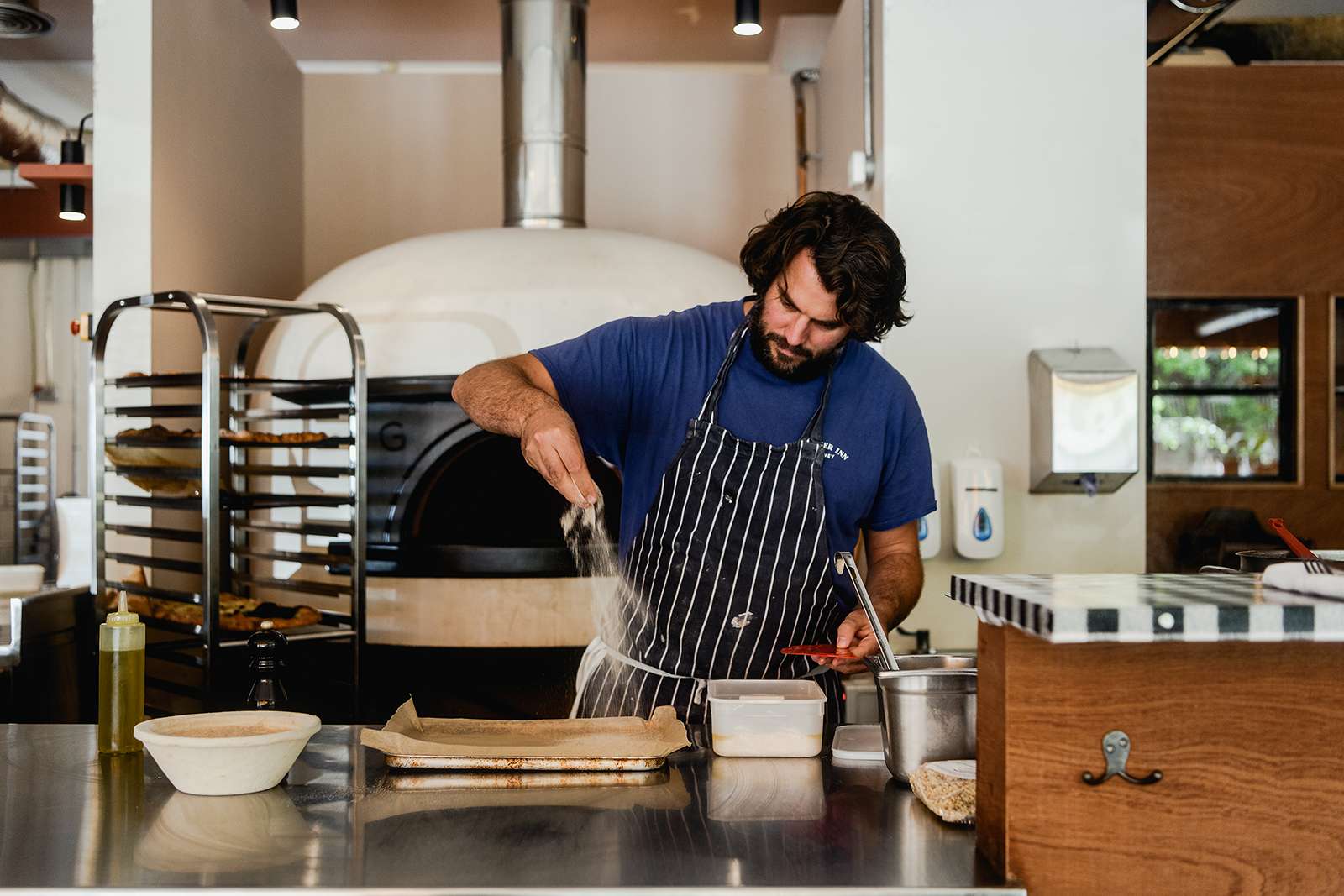
Breads and pastries are made from regeneratively farmed grains sourced from English farmers, while pizzas are topped with top-notch seasonal produce – think aubergines and unctuous ricotta and tomatoes with zingy oregano. As we pay a visit to Big Jo in Hornsey, north London, David and Jeremie tell us why the soil is so important, what they learned from the pandemic, and why educating their children about food is vital in creating a sustainable food system.
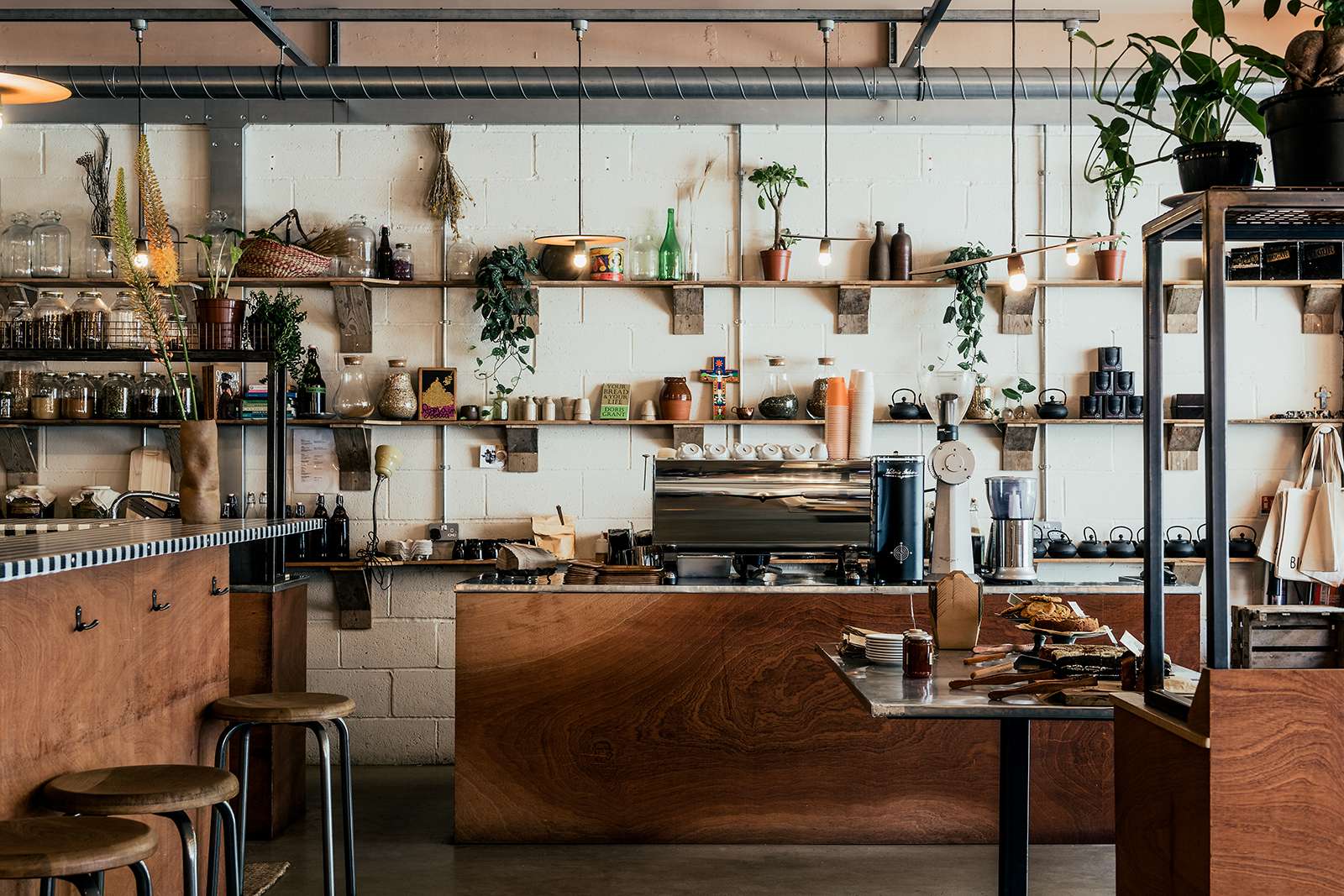
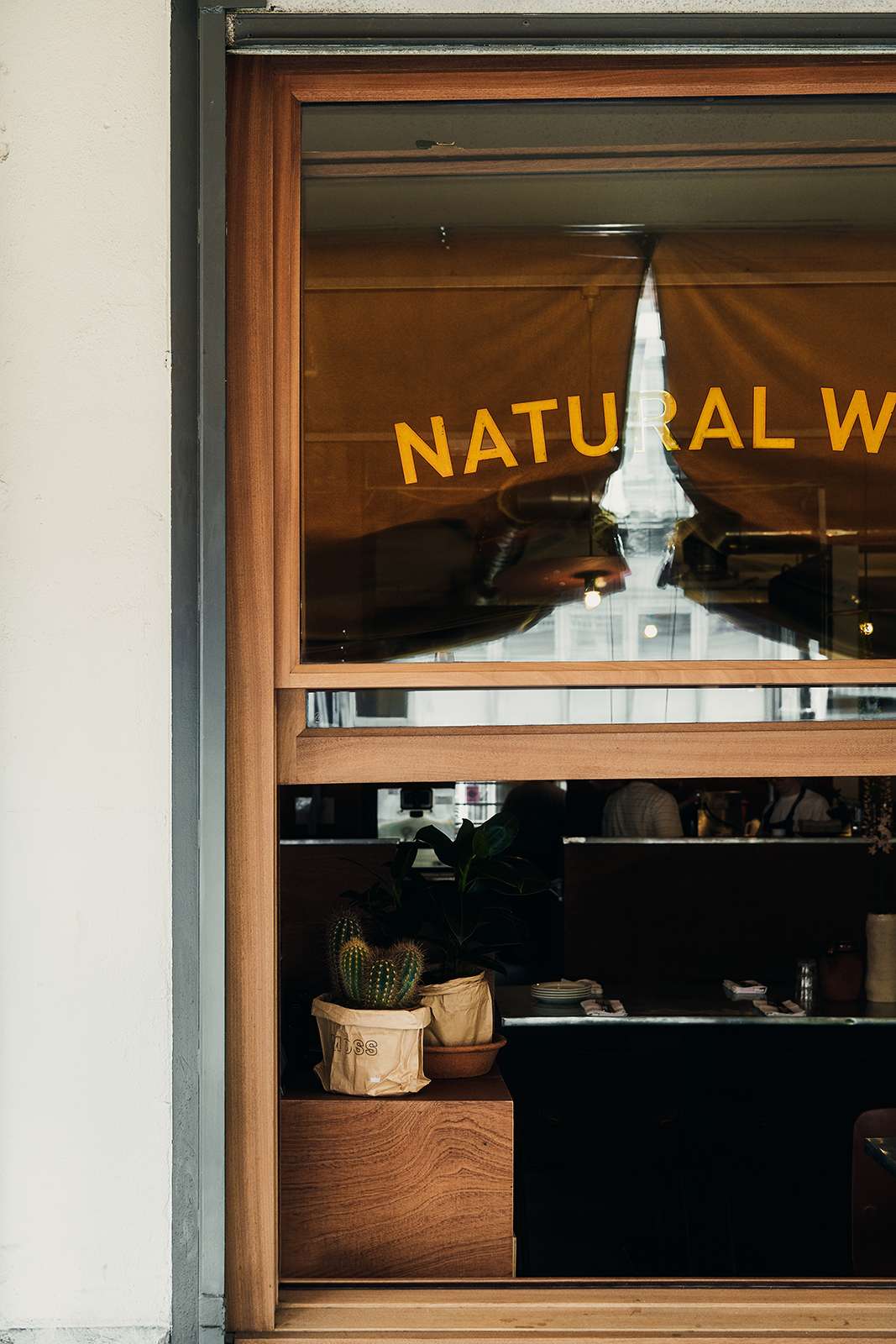
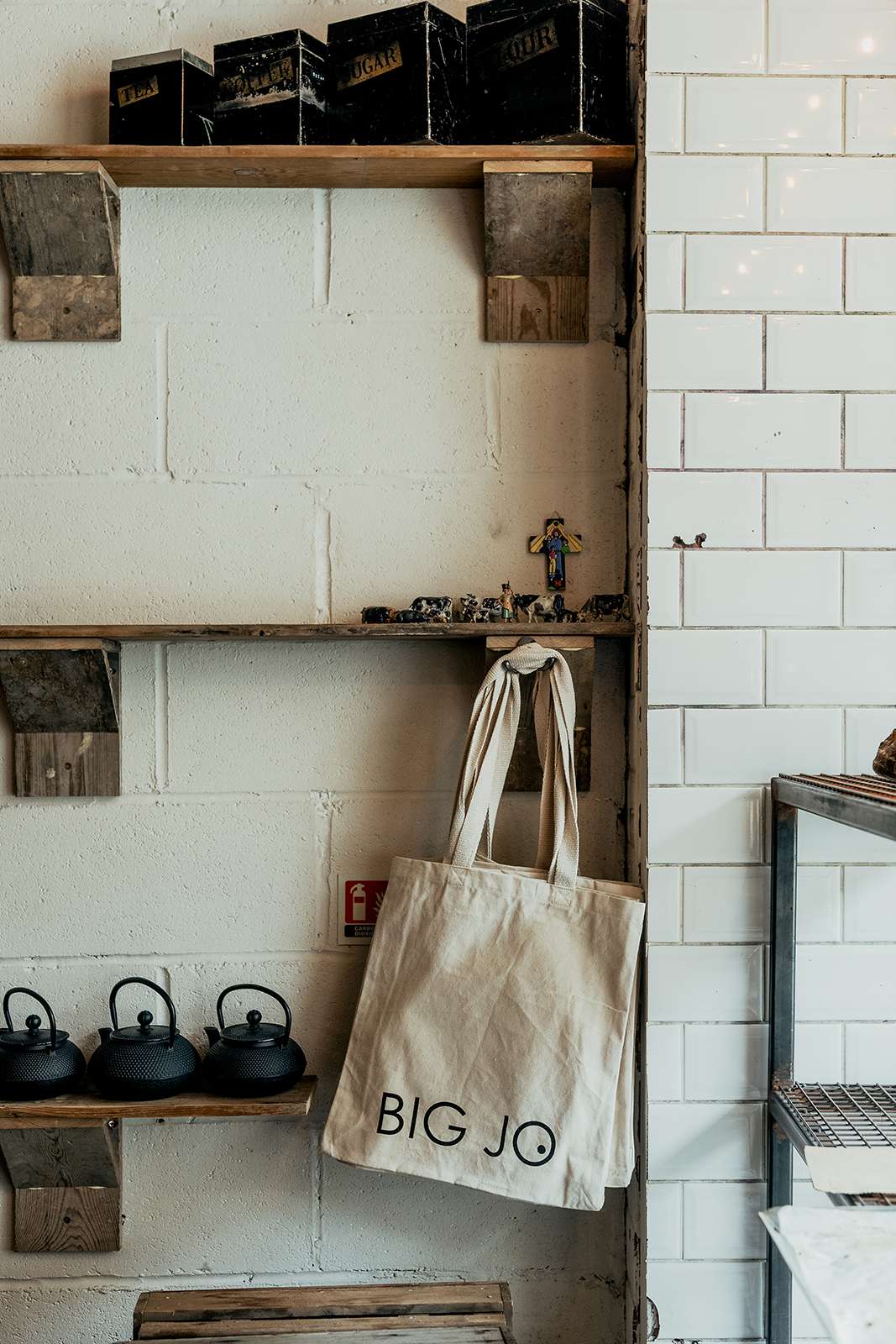
Jeremie: “With our restaurants, we’re trying to bring awareness to people that the most important thing in your food system is soil. We’re on a mission to get people involved, although we don’t want to do too much preaching. The very fact our patrons are buying from us means they’re supporting a positive change and a positive food system.
“It’s all a work in progress and you need to understand that not everybody can make the same efforts on the same scale. You need to respect the range to which people can contribute. It was quite hard for us to get the message across when we opened Jolene, so this is why we’re doing Big Jo. We’re now opening Little Jo’s, which will help spread the message to more neighbourhoods across London. It’s a bit like electric cars – at first, you see one and think ‘Ooh that’s a bit weird, I’m not sure about that,’ but the more it proliferates, the more it becomes accepted.”
David: “Food is about nutrition, but it’s also about so much more. Over the lockdowns, I spent so much time with my kids and we had a lot of time to cook and grow things in the garden. It really helps to grow your own bits and bobs because then the kids pick it and get more into it. Before we grew chard together, they wouldn’t have eaten it, but now it’s suddenly a thing for them. In a way, it changed my whole outlook on food – to get nutritious food into people, they really need to enjoy it.
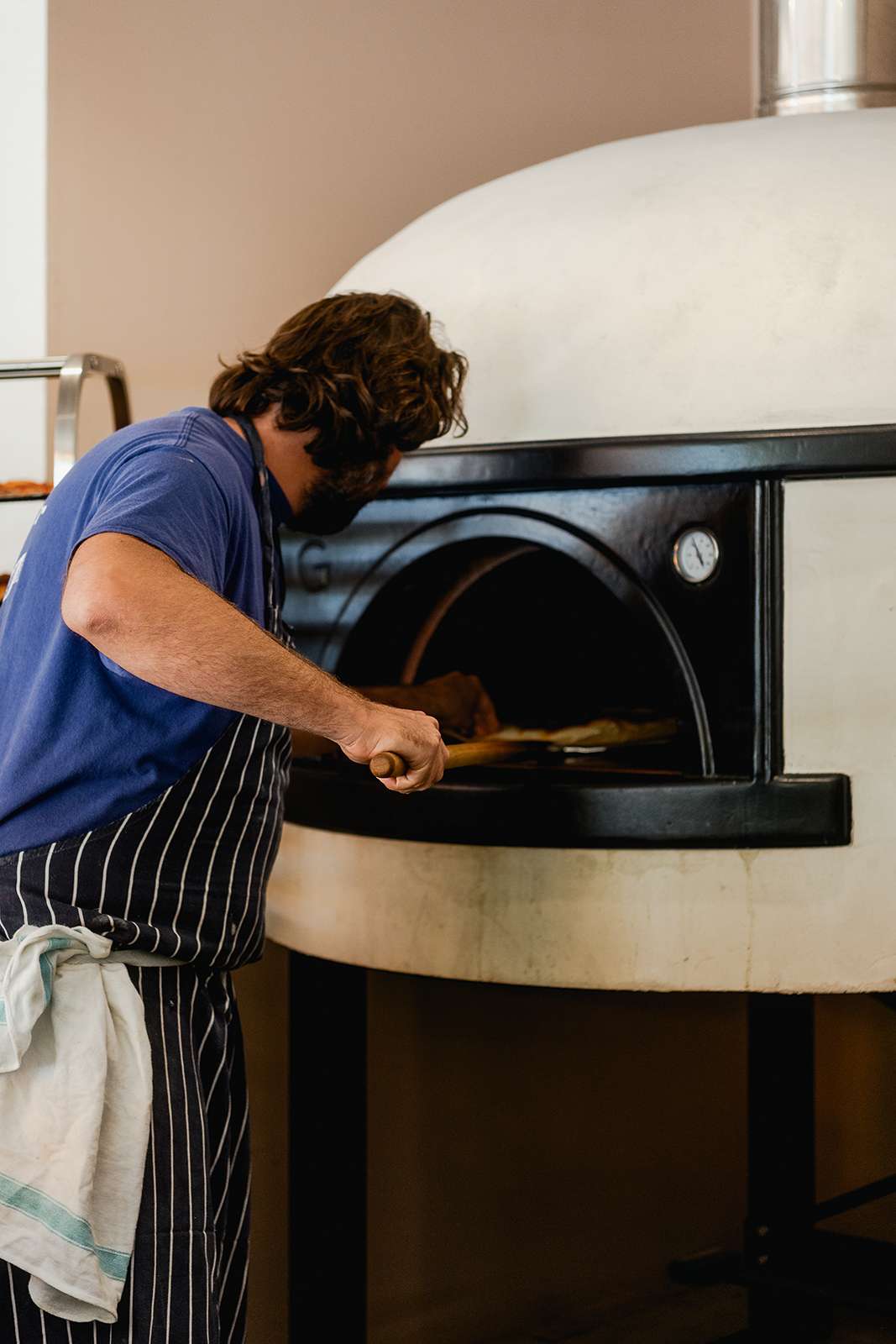
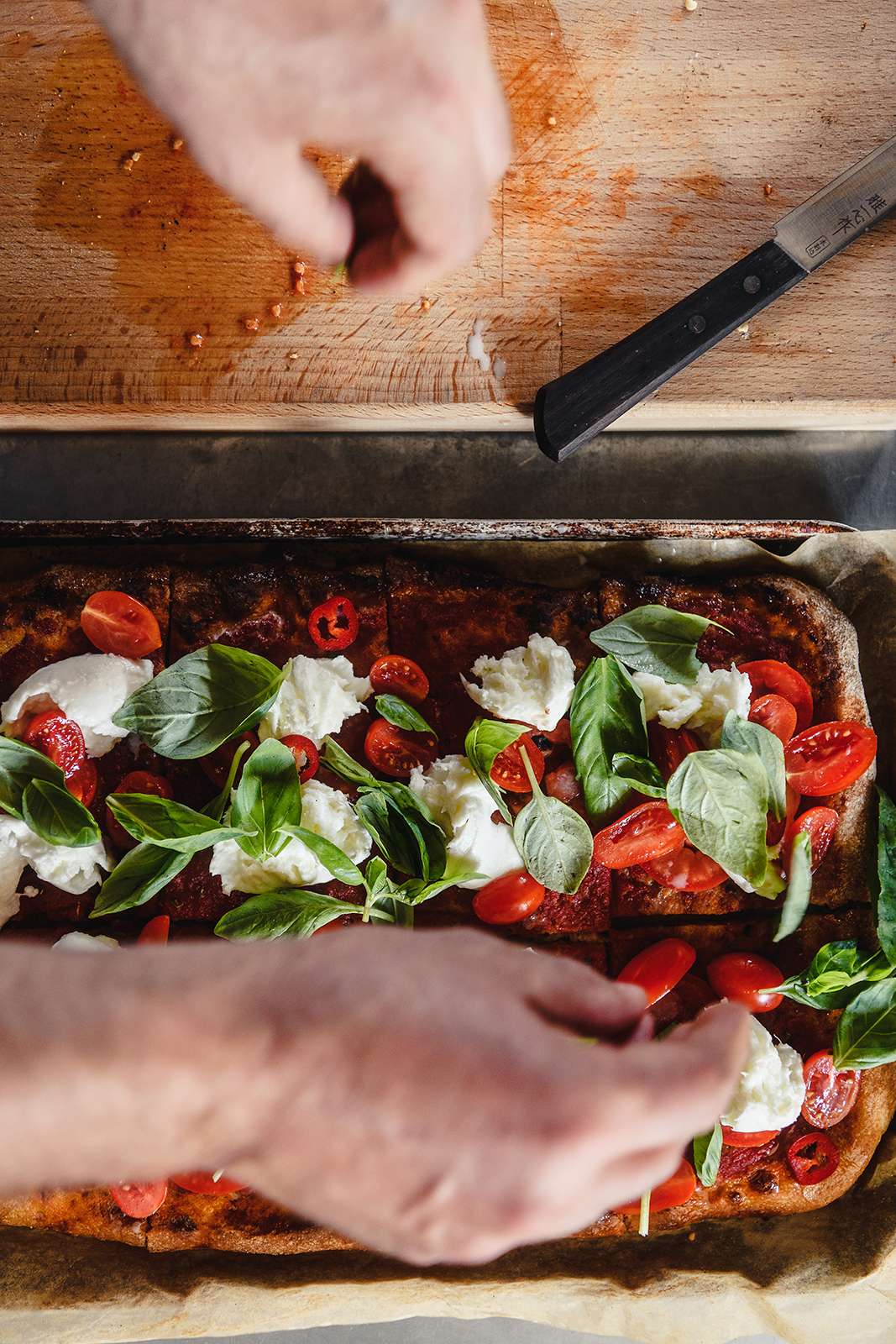
“That’s the thinking behind Big Jo – to use regeneratively farmed grains and flour to make pizzas. It’s a nice way to deliver our story and get nutritious grains into people through something that they love. I took lockdown as an opportunity to experiment with pizzas and ended up putting on quite a lot of weight because quite a lot of beer was drunk with them!”
Jeremie: “I was in Cornwall for the pandemic with my girlfriend and kids, and we basically collected everything we could eat from the seashore and hedgerows. The whole idea of actually going out into the wild to get your dinner was really exciting. What’s available can change from literally one week to another – when one thing disappears, something else replaces it. Being exposed to this for a continuous three-month period really opened my eyes.
“We had sea beets, dulse, sea rocket and sea cabbage. There was wild garlic everywhere in the spring, as well as three-cornered leeks, which you can do all sorts of things with. We read The Forager’s Calendar by John Wright, which is amazing because it’s divided into seasons. Now my kids can look at 10 plants on a walk and name every one and know whether they’re poisonous or not. We ate a lot of sea spaghetti – for the kids, it was just like normal spaghetti, but they’d foraged it from the shore that morning. You just boil it for 20 minutes, then put it in lemon juice for another 20 minutes and serve with parmesan.”
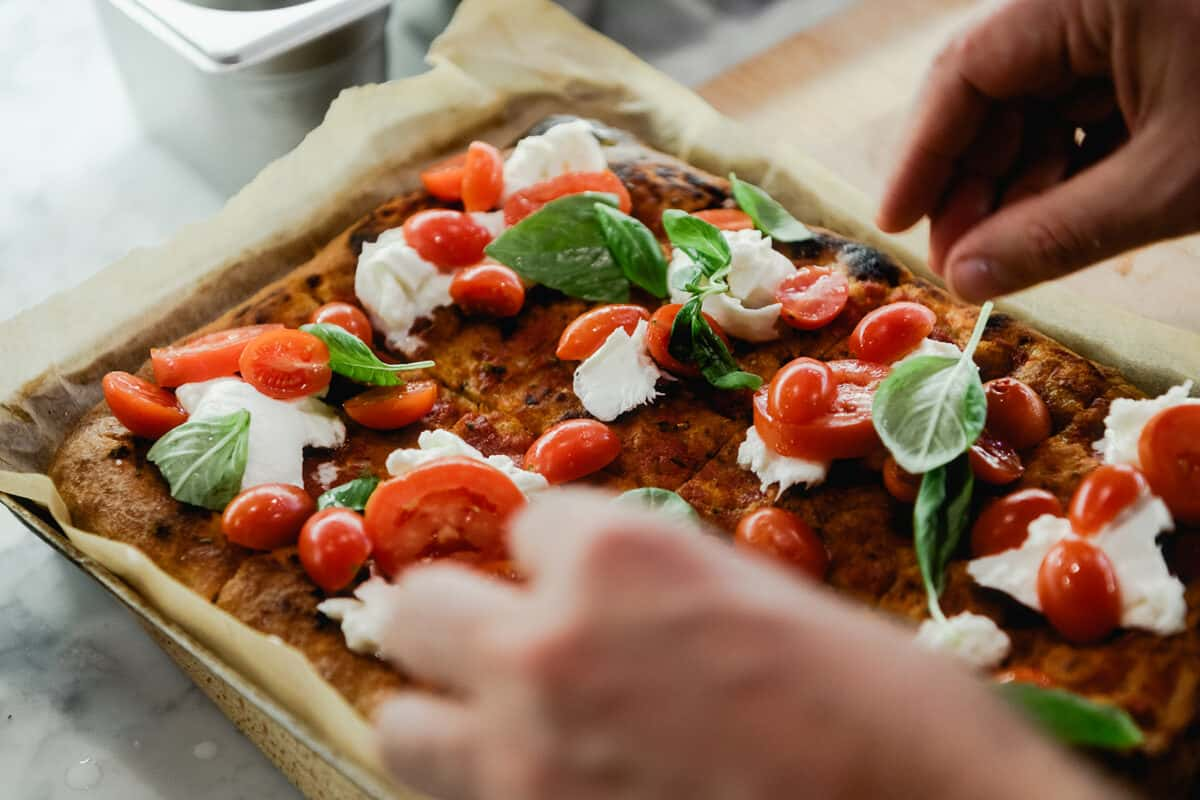
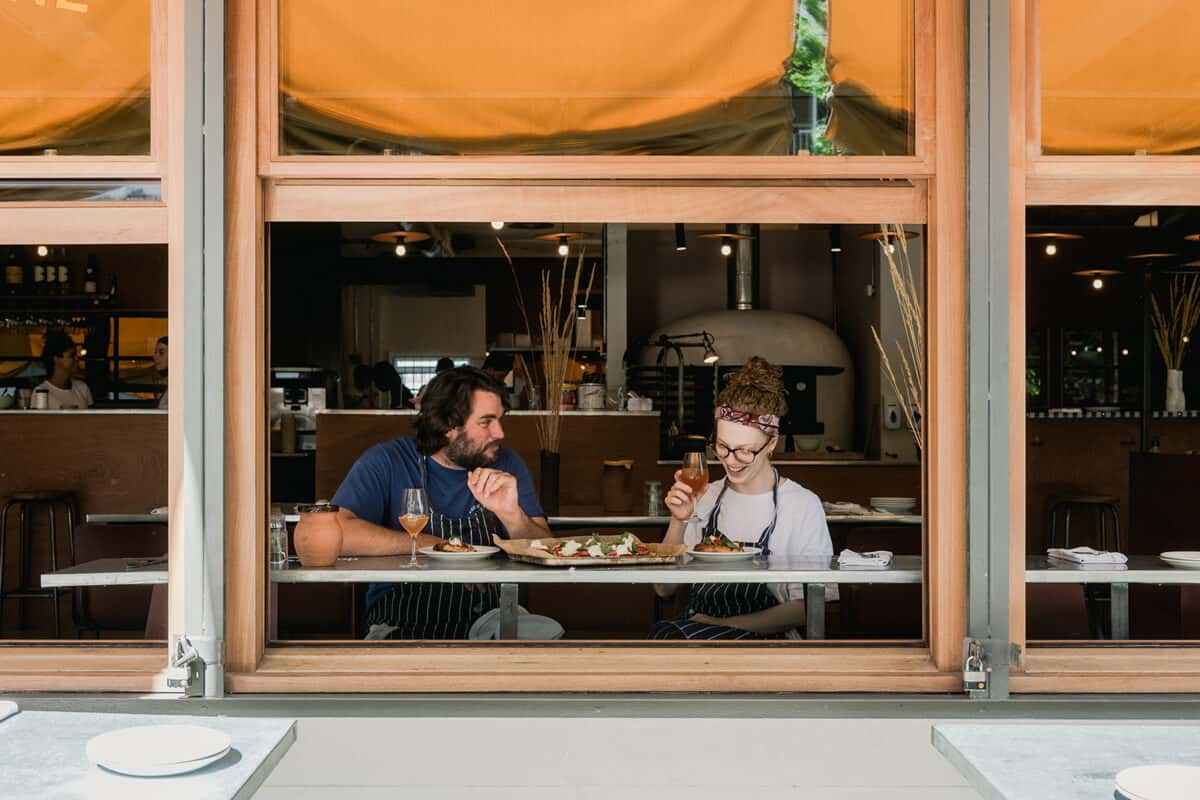
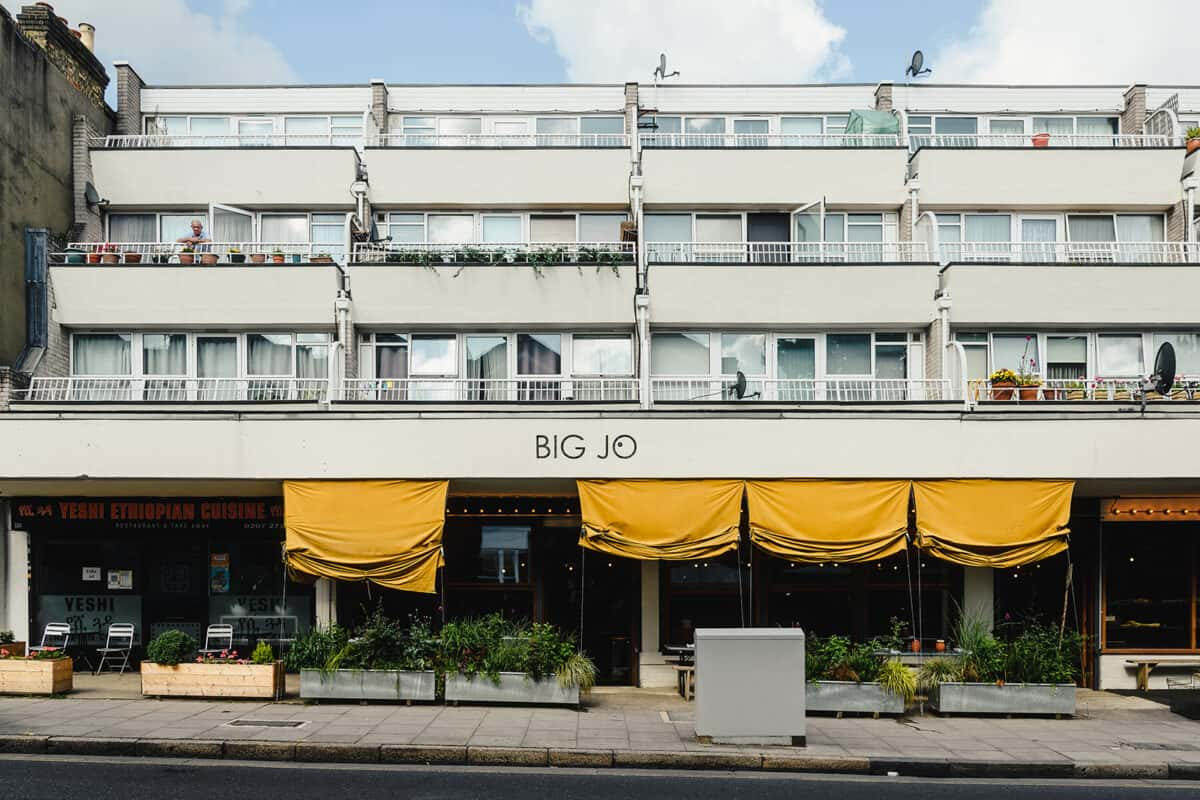
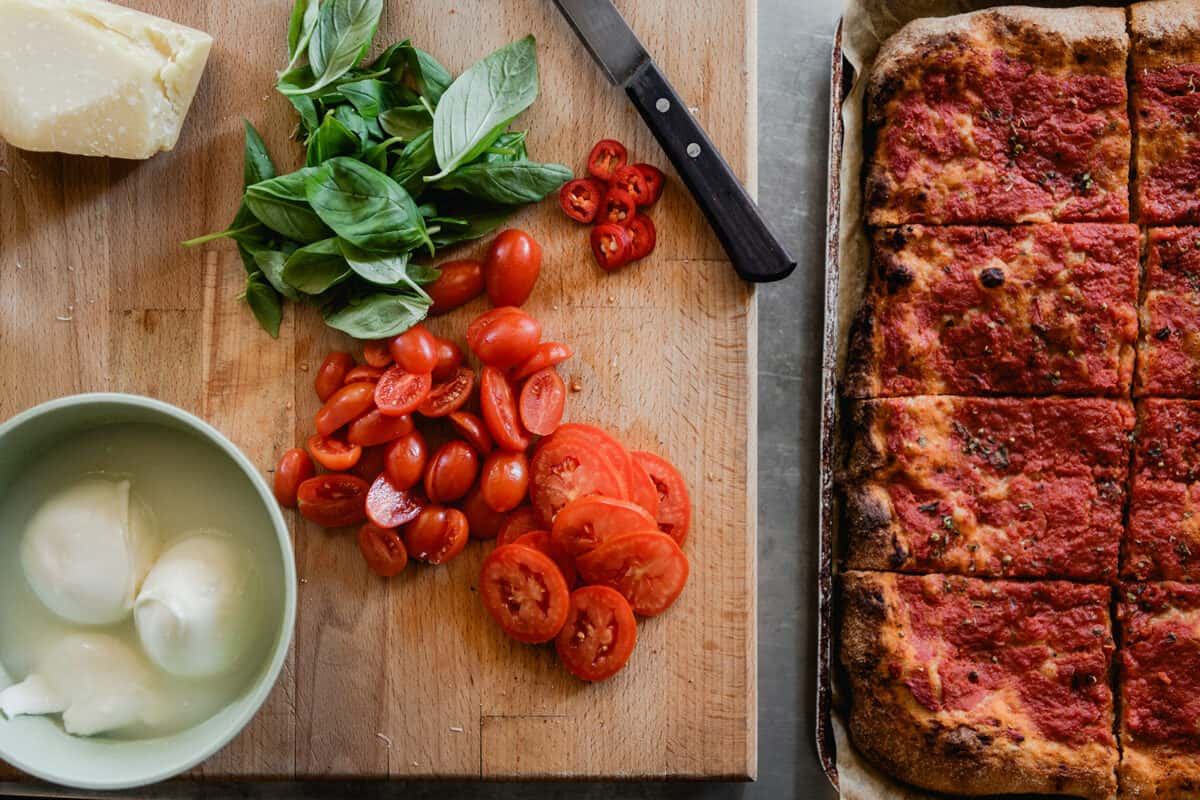
David: “I think the really important thing, particularly for kids, is realising the connection between a living thing and what is on your plate for dinner. Whether it’s sea beets you’ve foraged or a mackerel you’ve caught, it’s about respecting something as both a living thing and dinner. This understanding brings something completely new to kids’ vocabulary and their mental wellbeing.”
Jeremie: “Kids need to spend more time in nature in order to be able to build a connection with it. As much as we’re on a mission with our restaurants to come up with solutions to fix the future, they are the ones that will save the planet and they need to care for it. They need to pick up sticks and dream and see.
“It’s a matter of whether you decide to grow produce with your kids in the garden, or whether you decide to raise awareness of the fact that there is free food everywhere if you bother to actually look for it. If kids don’t care for the natural world, they can’t save it or even try to fix it, because they’re just not connected to it.”
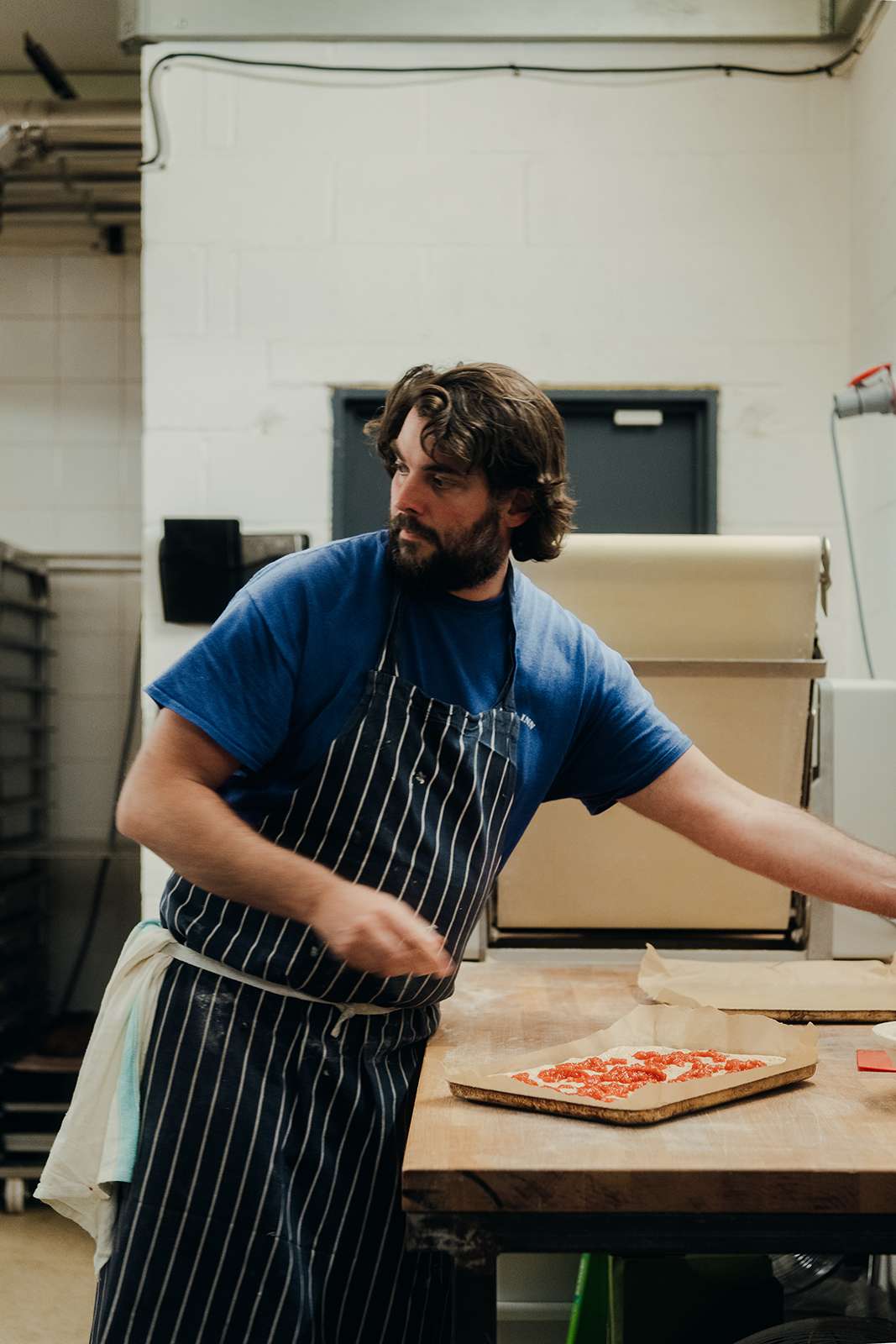
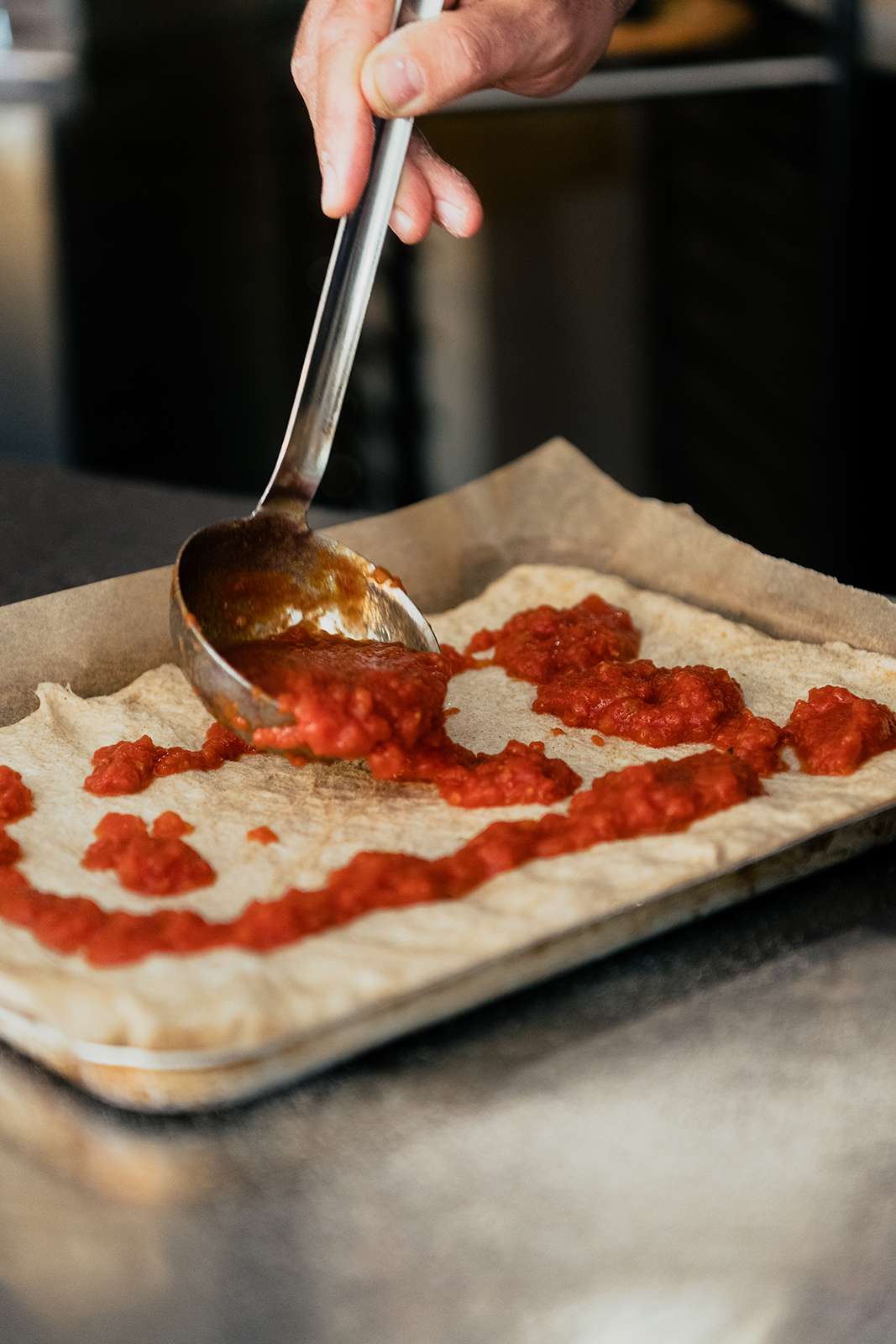
For the dough
900g T80 flour
100g fine semolina (plus extra for dusting)
760g water
30g salt
4g dried yeast
For the topping
1 tin good quality tomatoes
Garlic
Olive oil
Dried oregano
Red chilli
2 balls mozzarella
Ripe seasonal tomatoes
Basil
Parmesan
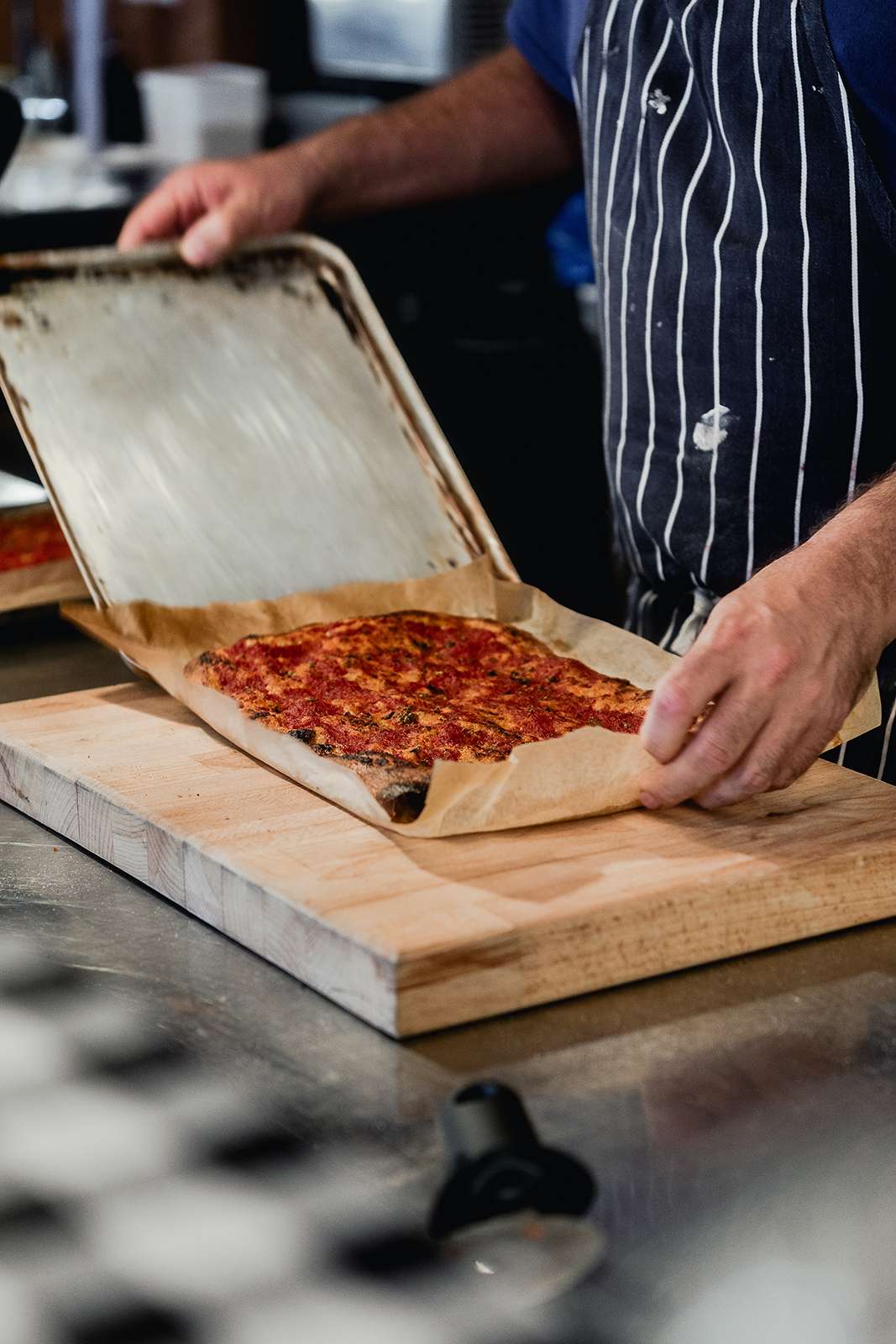
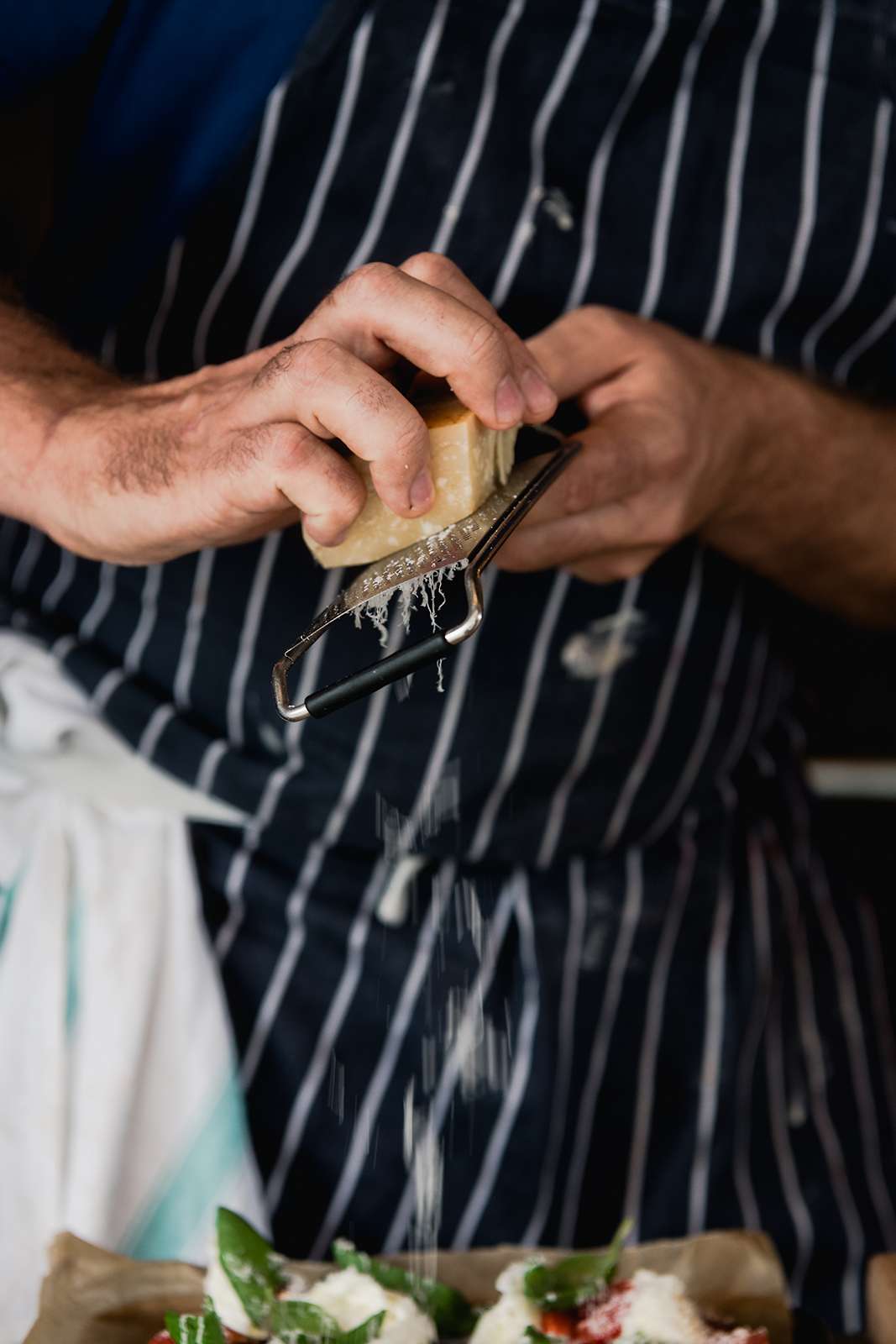
To make the tomato sauce, drain most of the liquid from the tinned tomatoes, then blend roughly with some salt, black pepper, grated garlic and a splash of olive oil.
For the dough, mix the flour, fine semolina, water, salt and yeast in a kitchen aid – or another food mixer with a dough hook – on speed one, the lowest setting, for 10 minutes.
Leave the dough mix to rest for 15 minutes with a tea towel over the bowl. Then remove from the bowl and give the dough three folds before putting it into a lightly oiled container. Folding the dough over itself a few times creates tension. Leave the dough outside at room temperature to ferment for 1 ½ hours.
Next, divide the dough into three 600g pieces and put it into three lightly oiled containers. A two-litre ice-cream style container works best for this. Refrigerate the dough overnight. You will need to remove the dough from the fridge two hours before cooking for it to reach room temperature.
Once it has been out of the fridge for two hours, gently remove it from the container onto a lightly oiled sheet of greaseproof paper placed over a shallow oven tray. Cover the oiled paper with a good sprinkling of fine semolina. Tip the container gently towards you and tease the dough out onto the paper.
Using the tips of your fingers, stretch the dough out evenly to fill the oven tray. Try to do this as gently as you can. Cover the dough with a layer of tomato sauce, a drizzle of olive oil and a sprinkle of dried oregano. Bake in a preheated oven at 260º or as hot as your oven will go for around 15 minutes or until the base is crisp.
Once the base is cooked, which you can do ahead of time, reheat if needed. Then top with some nice ripe tomatoes, ripped mozzarella, sliced chilli, olive oil, black pepper and finally some grated parmesan.
You can top this pizza with whatever you like – salted anchovies or some fancy European ham both work really well.
